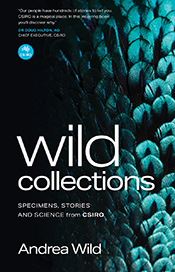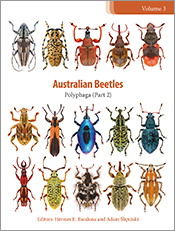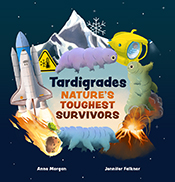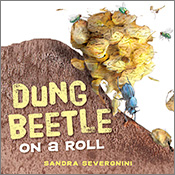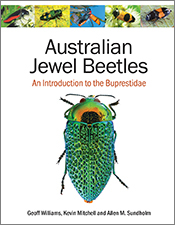Biology, Ecology and Systematics of Australian Scelio
Wasp Parasitoids of Locust and Grasshopper Eggs
By: Paul Dangerfield, Andrew Austin, Graeme BakerProvides a full taxonomic treatment and review of these wasp parasitoids in a global context.
Parasitic wasps of the genus Scelio play an important role in the regulation of orthopteran populations and are implicated in suppressing numbers of numerous pest locusts and grasshoppers. This landmark volume provides a full taxonomic treatment of the sixty species of Scelio found on the Australian continent and reviews in detail the biology and ecology and host relationships of Scelio on a worldwide basis. + Full description
Taking an international perspective, the text outlines our current knowledge on topics such as host finding, population biology, and methods and techniques for collection and study in the field. The use of Scelio as biological control agents is discussed and comprehensive checklists document the recorded host relationships of each known species worldwide.
There is a full taxonomic revision of all Australian species of Scelio, half of which are newly described. Each species description is complemented with high-quality line drawings, micrographs and distribution maps. In addition, an illustrated key to species enables easy identification of species by non-taxonomists. Biology, Ecology and Systematics of Australian Scelio provides wasp taxonomists, researchers of orthoptera and biological control workers with a basis for detailed studies elsewhere on this economically important group of insects.
- Short descriptionNews
No longer available in a print edition.
Reviews
"This book is a ground-breaker in generic revisions. It is truly a leader in the field of taxonomy. It has a very high content of Australian material and is up-to-date. . . One of the aspects of this book that I find most worthwhile is that it surely will be a stimulus to those interested in biological control of pest grasshoppers and locusts. . . I have no hesitation in strongly recommending this book for the Best Natural History Text."
Dr DS Horning, Tumblegum Research Laboratory (Australian Zoologist 32(3), October 2003)
"I recommend the book to all those interested in grasshopper and locust control, scelionid systematics, and hymenopteran morphology and biology."
Dr Michael Sharkey, University of Kentucky, USA (American Entomologist v.49, March 2003)
"A much-needed work on this economically important insect group."
Dr Graeme Hamilton, Director Australian Plague Locust Commission.
". . . a comprehensive synthesis of the information on the sixty Australian species of Scelio"
J Macek (European Journal of Entomology 100:38, 2003)
" . . . a worthwhile investment for all students of parasitoid Hymenoptera and those involved with the control of grasshoppers and locusts."
Andrew Polaszek (The Royal Entomological Society, Systematic Entomology 27, 2002)
Details
ePDF | December 2001ISBN: 9780643100763
Publisher: CSIRO Publishing
Available from eRetailers
ePUB | December 2001
ISBN: 9780643102446
Publisher: CSIRO Publishing
Available from eRetailers
Features
- revises an economically important Australian group of locust and grasshopper parasitoids
- provides an illustrated key, enabling identification of all Australian species of Scelio
- assesses each species’ application as biocontrol agents
- includes detailed information on hosts, behaviour, population biology and distribution
- contains one hundred high-quality drawings and photographs
Contents
Chapter 1 – IntroductionChapter 2 – Materials and methods
Chapter 3 – Biology, ecology and biological control
Chapter 4 – Host relationships
Chapter 5 – Morphology
Chapter 6 – Phylogeny
Chapter 7 – Key to Australian species of Scelio
Chapter 8 – Taxonomy of Australian Scelio
Chapter 9 – References
Index to scelionid genera and species
Index to orthopteran genera and species
Index to other genera and species
Authors
Paul Dangerfield, a former research associate of Adelaide University, has worked on the systematics of parasitic wasps.Associate Professor Andrew Austin is Director of the Centre for Evolutionary Biology & Biodiversity at Adelaide University and a world authority on the evolution, systematics and biology of the parasitic Hymenoptera.
Graeme Baker (ret’d) has had a long and distinguished career working with NSW Agriculture as Special Entomologist, with his research largely focused on the biology and management of pest locusts and grasshoppers in eastern Australia.



